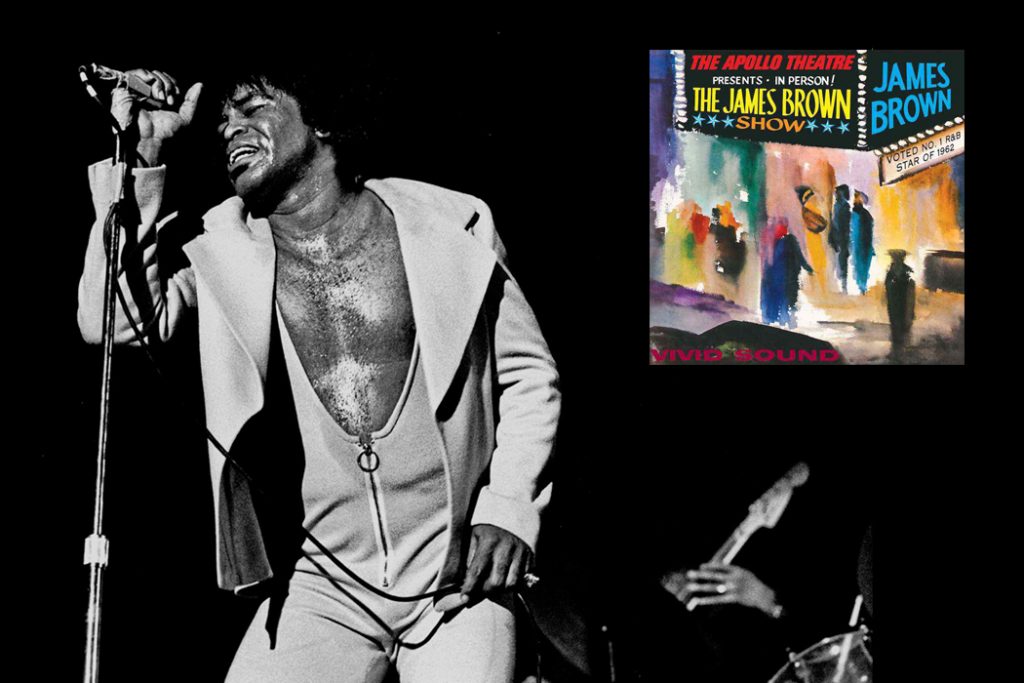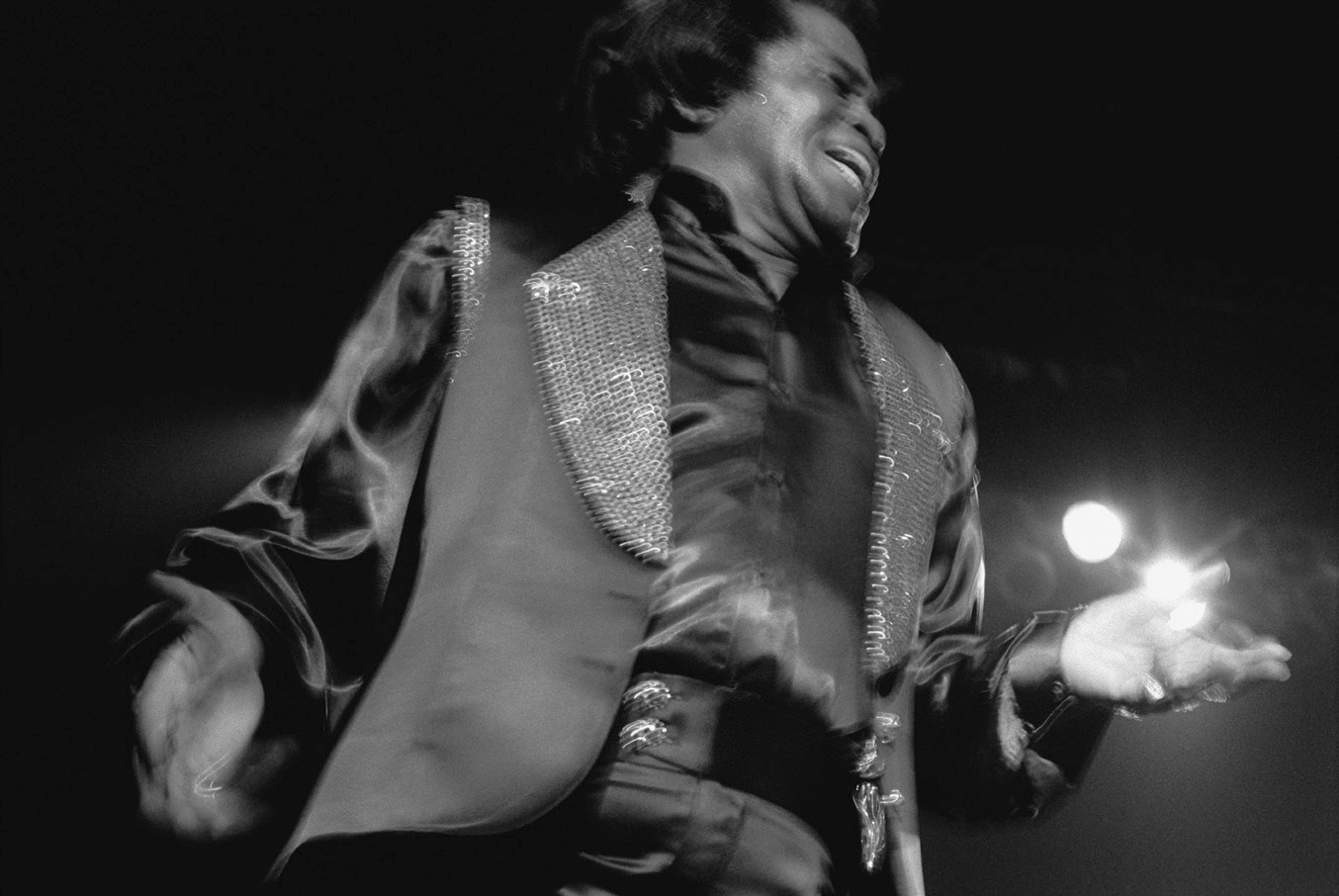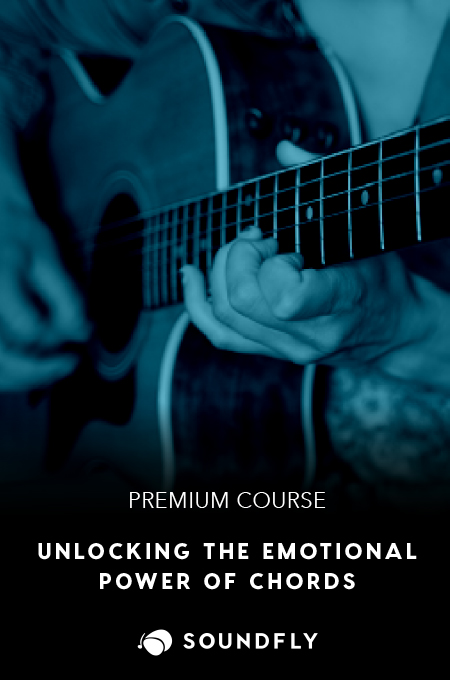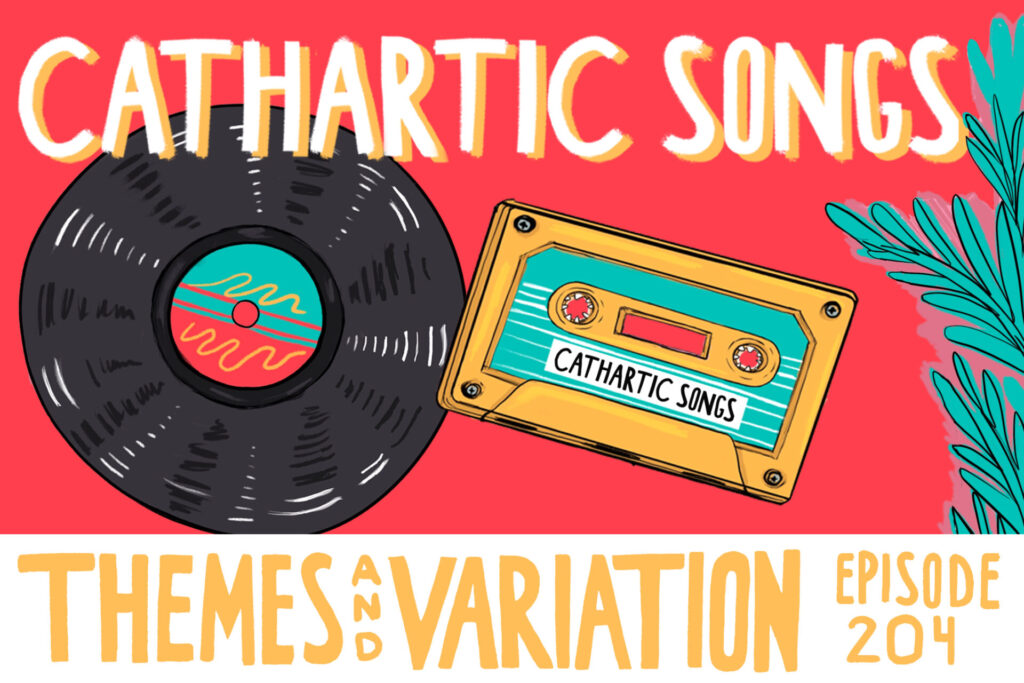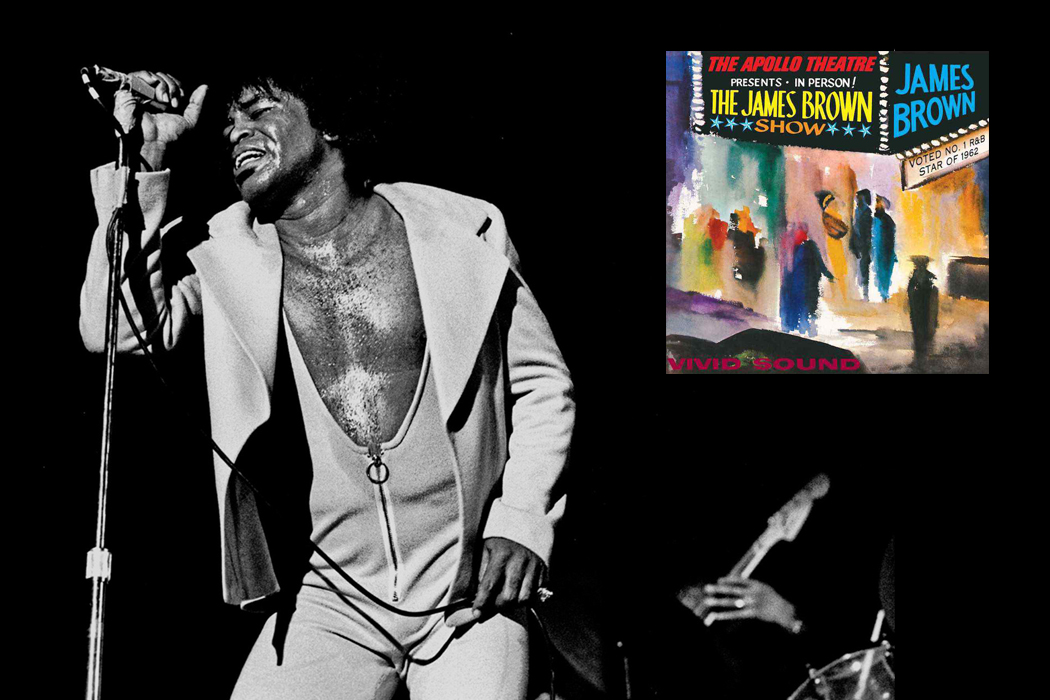
+ Welcome to Soundfly! We help curious musicians meet their goals with creative online courses. Whatever you want to learn, whenever you need to learn it. Subscribe now to start learning on the ’Fly.
James Brown’s Live at the Apollo, 1962 is a masterclass in showmanship and musicianship that transcends genre. From the Rolling Stones to Anderson .Paak, you can see the influence that The Hardest Working Man in Show Business has left with this album, this performance, and so many of his other albums and recorded performances (many of them back at The Apollo!).
This pioneering record is a sizzling cauldron of soul, funk, blues, and something electric and ineffable. It’s perfect in almost every way, but it almost didn’t come to be…
History of Live at the Apollo
This record was a hair away from not being produced at all. Syd Nathan, the “king” of King Records at the time, saw James Brown as more of a single artist and refused to finance the making of a full album, nonetheless a live one. Nathan signed Brown and put out “Please, Please, Please,” which sold quite well. Unfortunately, Brown’s next nine singles were complete flops.
Brown even had to record a new song under a completely different, fake name — Nat Kendrick and the Swans’ “Mashed Potatoes,” for a different label entirely — just to get Nathan to reconsider.
Luckily, their 11th song they recorded with Nathan was, “Try Me,” which renewed the label’s faith in the band, James Brown and his Famous Flames.
You can hear how popular this song really was in Live at the Apollo by listening to how bonkers the crowd goes during that track. But while their faith may have been restored, they still didn’t see Brown as anything more than a single artist, inconsistent at best.
Brown thus had to finance the album himself to get it made, which today isn’t so rare but during the time this was virtually unheard of. James Brown knew that a live album was the best way to showcase his music, and his incredible band, to the world after seeing the success of Ray Charles’s 1960 live record, In Person. It may have seemed like a risky move, but Brown was completely confident in his band and his ability to move an audience. It’s just that… well, Brown had to make very clear to his band that he would triple any fines they got that night for messing up. You know, normal band stuff.
Brown proved he was a different type of entertainer with this album. Although he isn’t doing anything new, yet, the way he directed the band and interacted with the audience felt revolutionary. He took what other band leaders were doing and upped the ante, upped the energy, and all-around raised the bar to set a new normal for how flamboyant and confident an entertainer should be. His exuberance can be heard throughout the performance.
Live at the Apollo, 1962 opens with Fats Gonder, the emcee of the evening, addressing the Harlem, New York crowd. He says, “So now, ladies and gentlemen, it is Star Time. Are you ready for Star Time?!” He then rattles off a list of Brown’s hits to further bolster the frontman’s larger-than-life persona. After a brief instrumental, the band launches into “I’ll Go Crazy,” which sets the tone for the evening. The band is inhumanly tight and every musician is an absolute slayer on their instrument. I’ll remind you that this was a Wednesday night.
The nearly 11-minute version of “Lost Someone” is a high point; Brown demonstrates his ability to ensconce his sexuality in a preacher’s cloak. Throughout this song, it feels like he’s beseeching the audience to believe in a higher power. Judging by the screams of the audience, I’d say he converted all of them. This style of performance would later go on to be emulated by other larger-than-life performers such as Prince or Bruce Springsteen.
It’s impossible to understate the musicianship, the magnetism, the raw power hedged within Brown’s tender affection. Even though Brown financed the production of this record himself, was it ever really a risk? How could it be? From start to finish this album is perfect, and Brown knew it would be. His unbridled confidence (which in his later years calcified into what some may describe as arrogance) was completely warranted and I think he would have done whatever it took to share his genius with the world.
And the record did great in the marketplace. The fact that this was a full live performance documented for the world to see meant that Brown could advertise his intense, immense live show to audiences around the country who hadn’t yet seen him perform — further securing revenues from future tours and album sales for decades to come.
The Influence of Live at the Apollo
This album also did two things beyond Brown himself. First, it would help cement soul and funk as commercially viable mainstream music genres. Soul could be fun, loud, raucous and youthful; not just sentimental and romantic. Secondly, it demonstrated the power of a live album to make money, and assured record producers and labels alike that consumers would be willing to buy the same songs on two different albums if one was live.
The album spent 66 weeks on the Billboard Top Pop Album charts, peaking at #2. It was a smash hit that elevated James Brown to household name status all over America.
And all of this happened before Brown’s future mega hits like “Sex Machine,” “Papa’s Got a Brand New Bag,” and “It’s a Man’s Man’s Man’s World” were even conceived. Live at the Apollo paved the way for Brown’s later successes, it was a jumping off point to reaching the black audiences and households to whom he really wanted to communicate. At this point, Brown was playing around 300 shows a year but was still mostly known by black audiences.
This album was also one of the only albums to be played start to finish by radio DJs at the time. They were encouraged by the indisputable hoards of screaming fans audible in the Apollo theatre audience. Bobby Byrd, one of the Famous Flames, said, “People were calling in, they really wanted to hear the whole thing, the excitement and everything.” The album catapulted James Brown from the chitlin circuit to the main stage.
Much of what’s popular today — from Mark Ronson to Kendrick Lamar to Anderson .Paak to Bruno Mars to Cardi B — seems to owe much of its funky swagger to James Brown’s crowd-pleasing, smile-inducing live recordings. Brown would go on to record several other live performances at the Apollo for decades to come. The appreciation for a well-orchestrated show with a god-like frontman singing songs that they themself wrote was increased tenfold by this album, leading to the success of other songwriter-performers such as David Bowie, The Rolling Stones, and Nirvana.
And lastly, there’s more than probably a bit of synchronicity in the fact that as Brown’s album starts with “I’ll Go Crazy,” Prince’s live show inspired soundtrack album Purple Rain starts with a raucous, no holds barred version of his “Let’s Go Crazy.”
We want to connect with a performer, and that’s maybe what James Brown does best on this album; he connects with his audience in a way that over 50 years later we can’t deny feels absolutely great to listen in on.
Improve all aspects of your music with Soundfly.
Subscribe here to get unlimited access to Soundfly’s premium course content, an invitation to join our private Slack community forum, exclusive perks from partner brands, and massive discounts on personalized mentor sessions for guided learning. Learn what you want, whenever, with total freedom.
